|
Aspen arrived here on Feb 14 2023. She is a 6 year old Quarter Horse that was purchased by a previous client. Aspen was professionally trained and started and the client bought her as a confidence builder. As it turned out, shortly after purchasing her Aspen started bucking quite dramatically when saddled. She was sent to a trainer who suspected the issues were pain related, and then the vet was called. The vet took radiographs of her back and legs and the diagnosis he came up with was boney growths on the suspensory branch attachment points likely caused by Degenerative Suspensory Ligament Desmitis (DSLD), an ultrasound was not done to confirm as he thought the radiographs were conclusive enough. When she arrived she was not lame, and had no visible swellings, but her owner did express she had some hind end lameness issues previously with the right hind being the worst. While I definitely don't disbelieve the vet's diagnosis, I also see a few issues that could be contributing to her condition as well as causing their own problems. I also think that you could x-ray many sound horses and find boney changes and suspensory issues that are underlying that may not be an immediate concern. My first concern with Aspen's hooves are the long toe and weak caudal hoof. I would like to see a shorter toe, a more tightly connected hoof wall and and more vertical heel. Her heels are under run and likely creating negative plantar angles on the hinds. Her frogs and digital cushions are also not as robust as they could be. From a behavioral standpoint I have only worked with Aspen twice as of this writing. The first time was to trim her, and she was quite anxious and stiff to work with. We did some groundwork and I took my time releasing when she was cooperative and trying to get as much done as I could. Below are the pics from that trim. It is not the perfect trim I would like, but it's the one we were able to get done though her anxiety. Since the trim I have worked with her again and she was much calmer, though does show a lot of anxiety through her stiff, fast movement and restrictions through her rib cage. I am excited to get to know her as she settles in here and see what unfolds for her. So far she seems sound and fairly physically capable, though a bit unbalanced and anxious. The video below the pics was shot on February 24 2023 as she ran the track system to catch up with the herd.
0 Comments
This Arabian mare came to us in the early summer of 2022 in hopes that we could improve her comfort and hoof health. She has been foundered long term and was suffering from acute and frequent bouts of laminitis when she arrived. She was very overweight and showed the classic signs of being insulin resistant. We immediately changed her diet to low sugar hay only, and we trimmed and applied the Easyshoe Versa Grip Lights with 11 Finger Tabs. I applied these with DIM and Artimud. This is my usual favorite composite shoe package. I will be using these until her new hoof wall grows in and the sole can start developing some concavity. The shoes support the frog and digital cushion while providing protection and "artificial concavity" to the sole. The DIM provides a cushion to absorb impact and also works to keep debris from getting in-between shoe and the hoof. A thick layer of Artimud between the DIM and the hoof keep the hoof clean and fungus free. Throughout her rehab here she has been intermittently sore, but overall shows signs of improvement. We also had her tested for PPID and the results were borderline high, and inconclusive but we chose to treat with Prescend and the results have been great. Her laminitis has subsided and she is growing in connected hoof wall, which was otherwise not possible. She has also lost an incredible amount of weight and actually almost appears too skinny, though I would rather her be a tad bit underweight until her hooves grow in more connected and can better support her. September 11 2022 Video UpdateSeptember 11 2022 trim/shoeing photos
|
AuthorKristi Luehr is a barefoot trimmer/farrier, author, and founder of the Okanagan School of Natural Hoof Care. She is certified by the Canadian Farrier School as well as the Oregon School of Natural Hoof Care, and also has certification in equine massage and dentistry. Her focus is to educate owners about hoof anatomy, function and proper barefoot trimming that supports and grows healthy and functional hooves specific to each horse's individual needs. She is the author of three online courses specific to hoof care and is always striving to create more educational content for students to learn from. Archives
May 2024
|

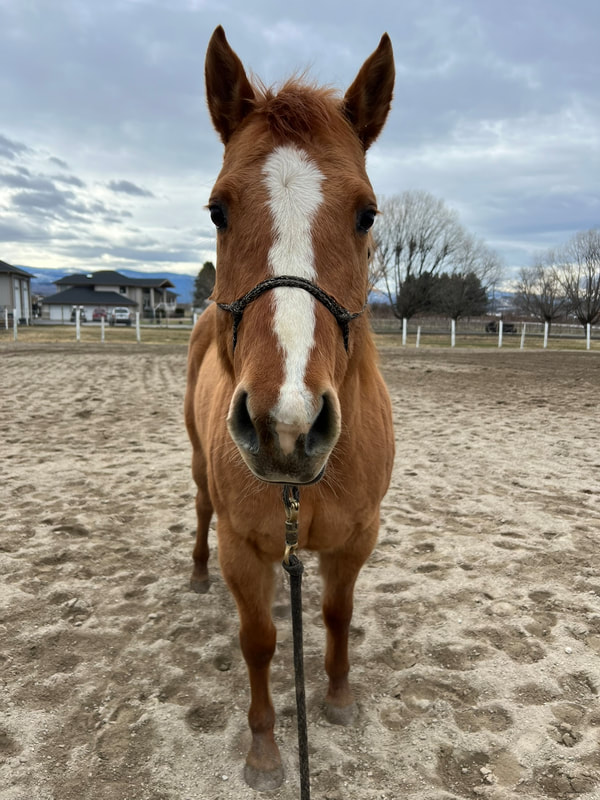
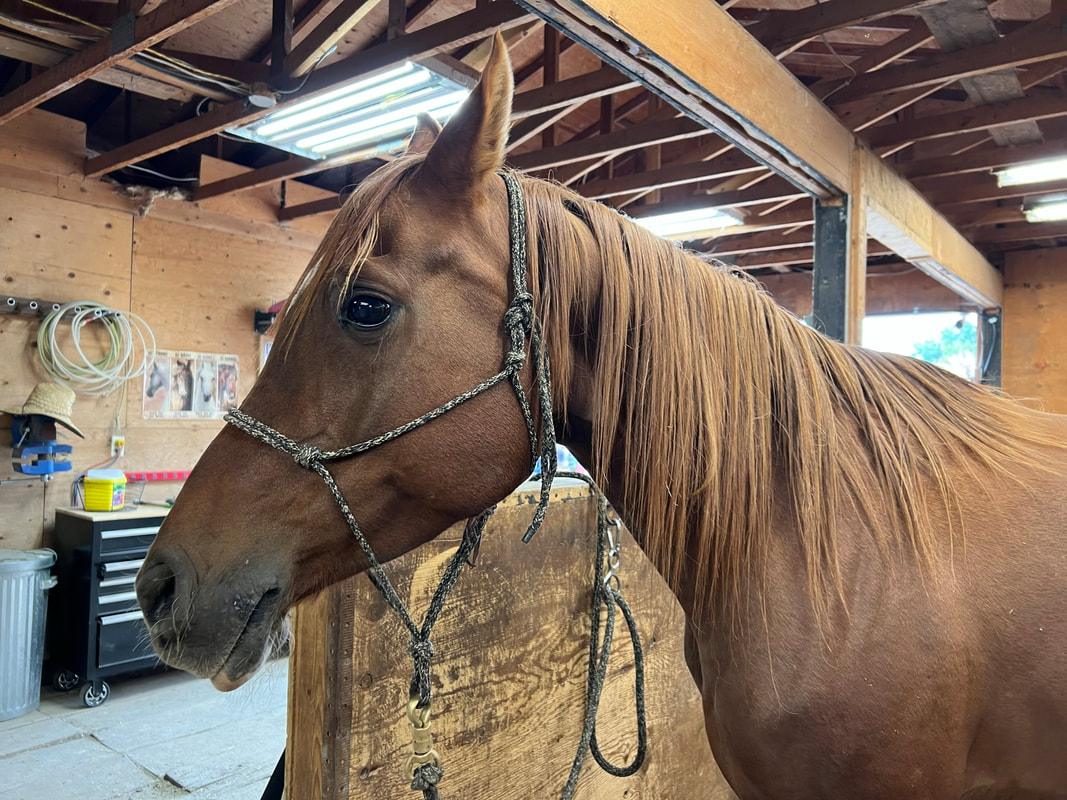
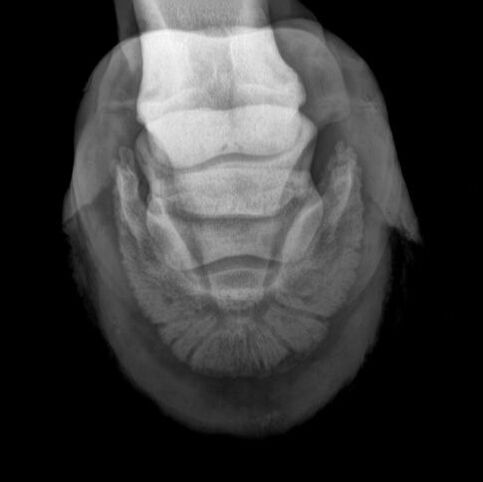
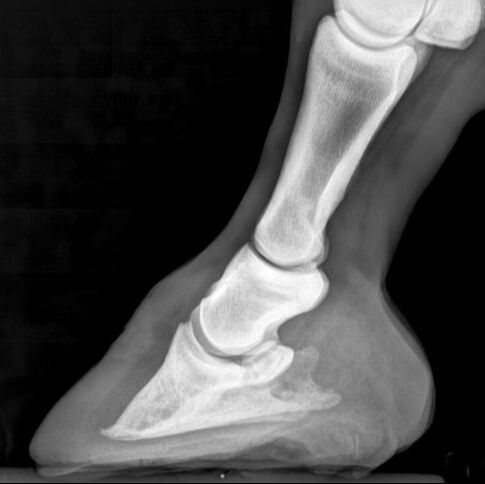
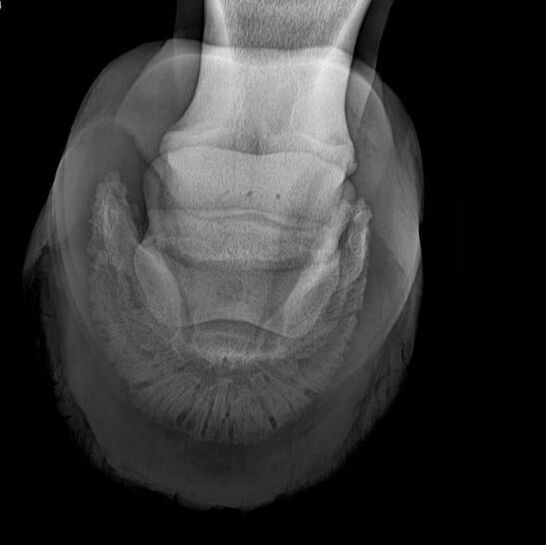
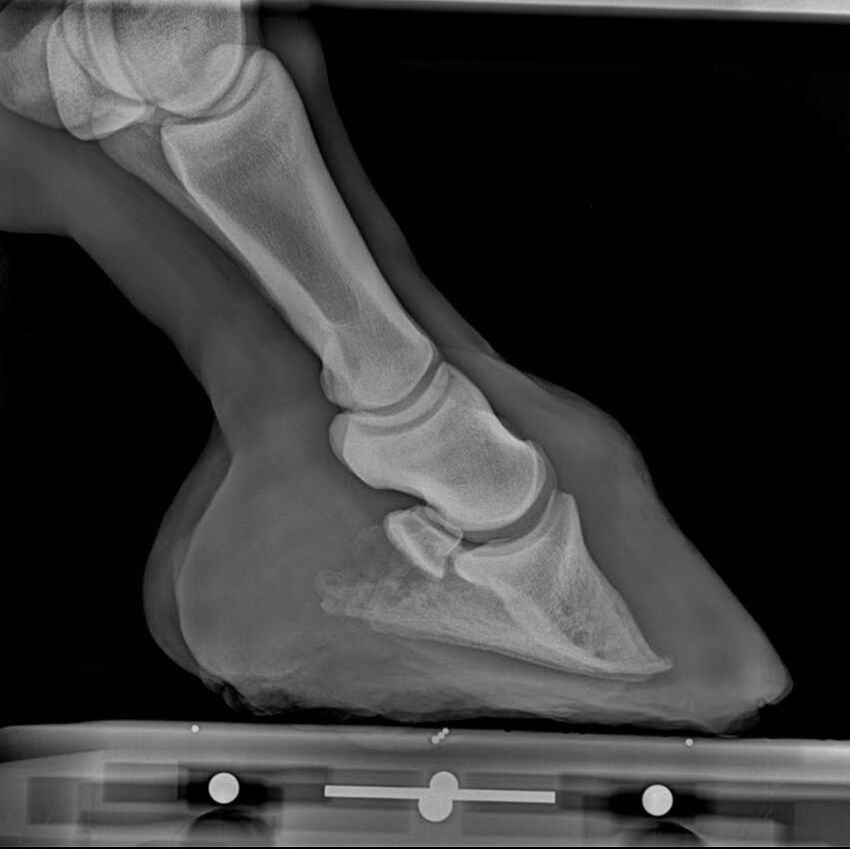

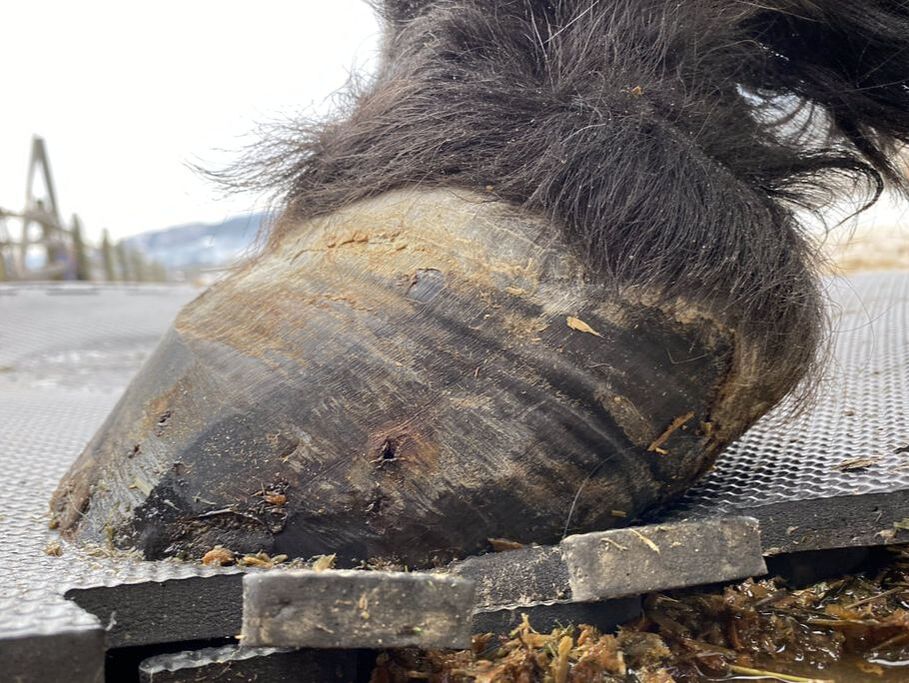
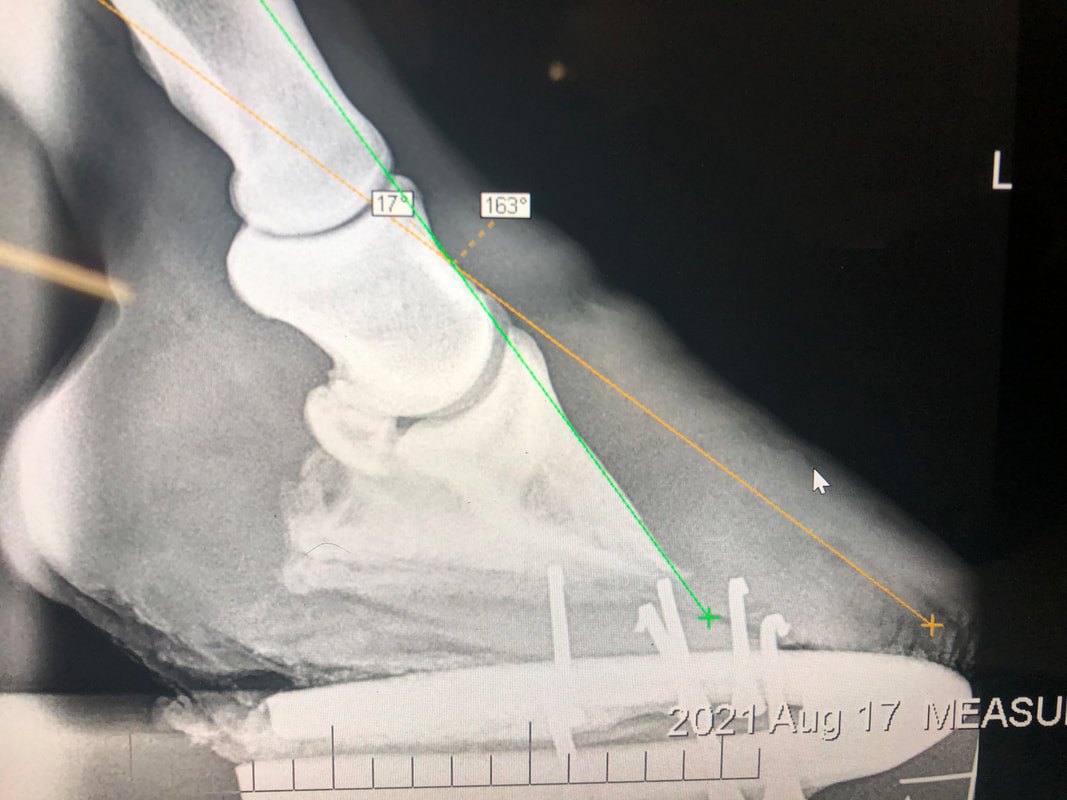
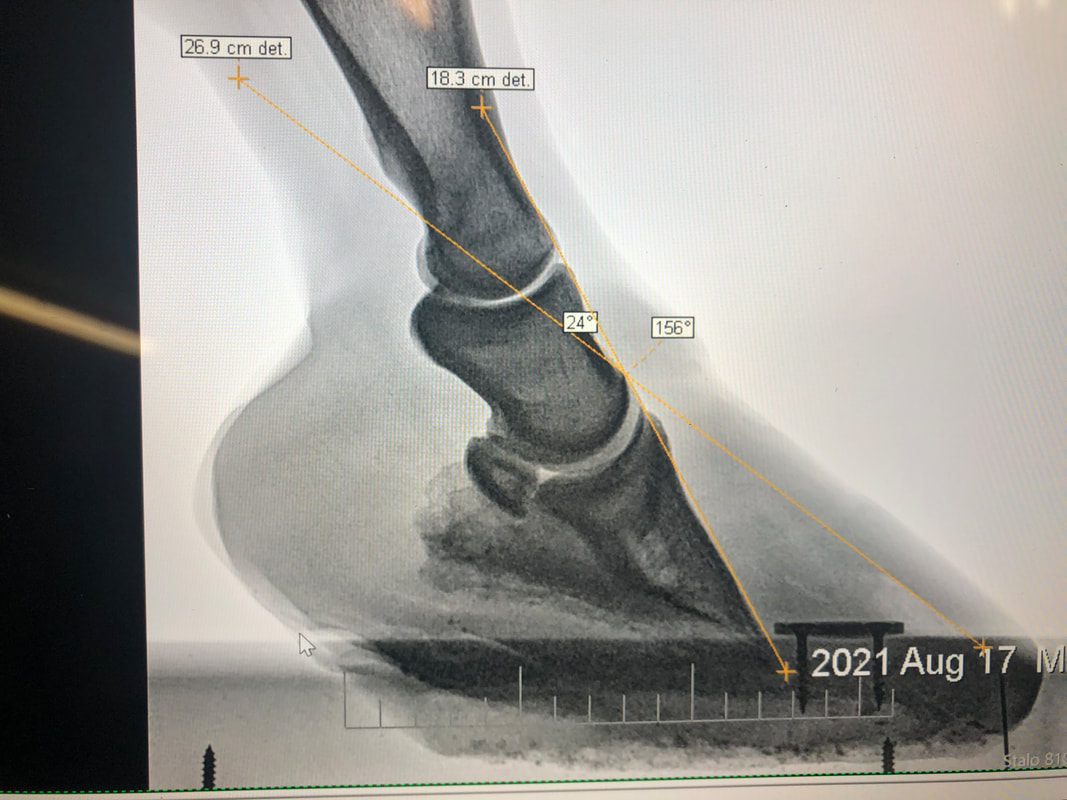

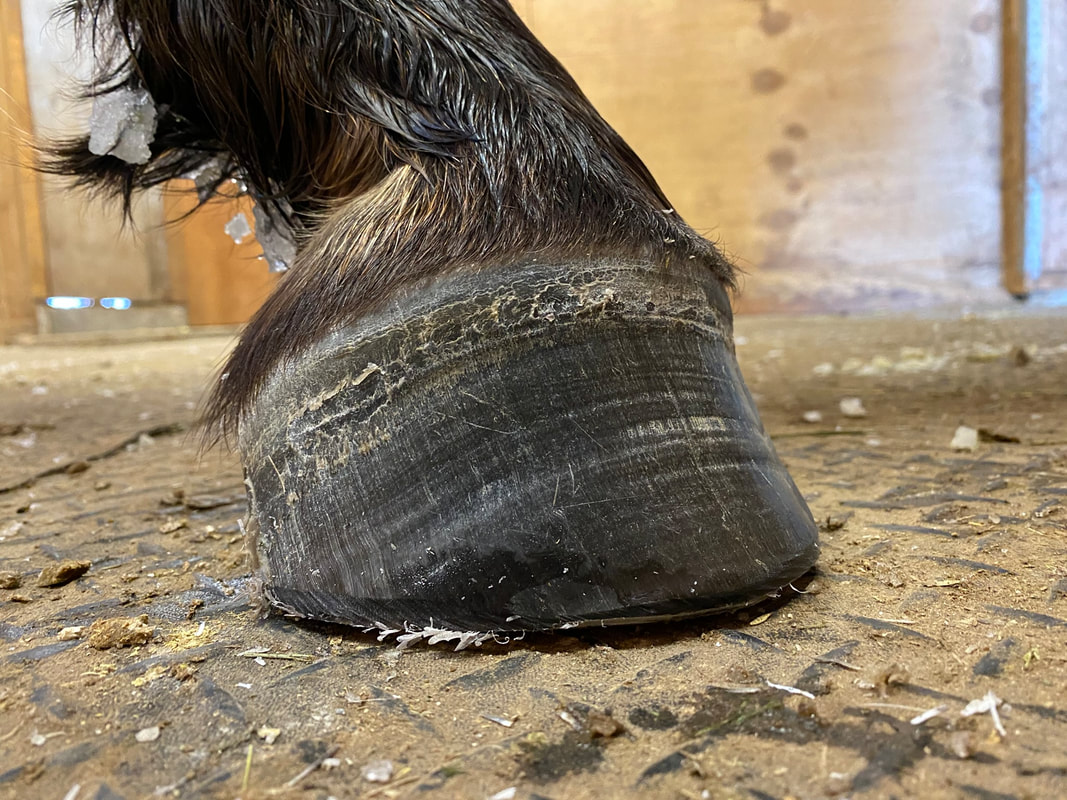
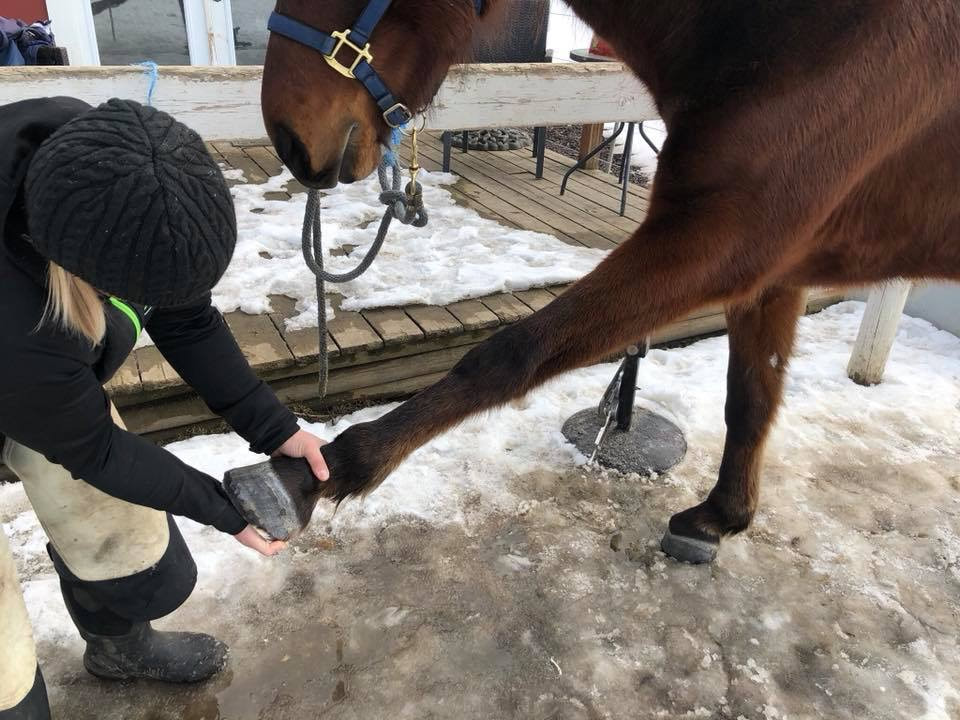
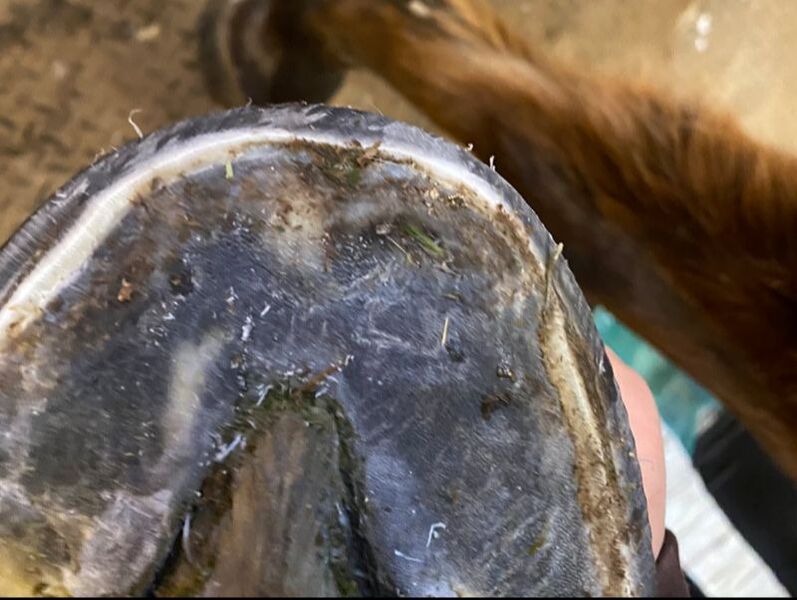
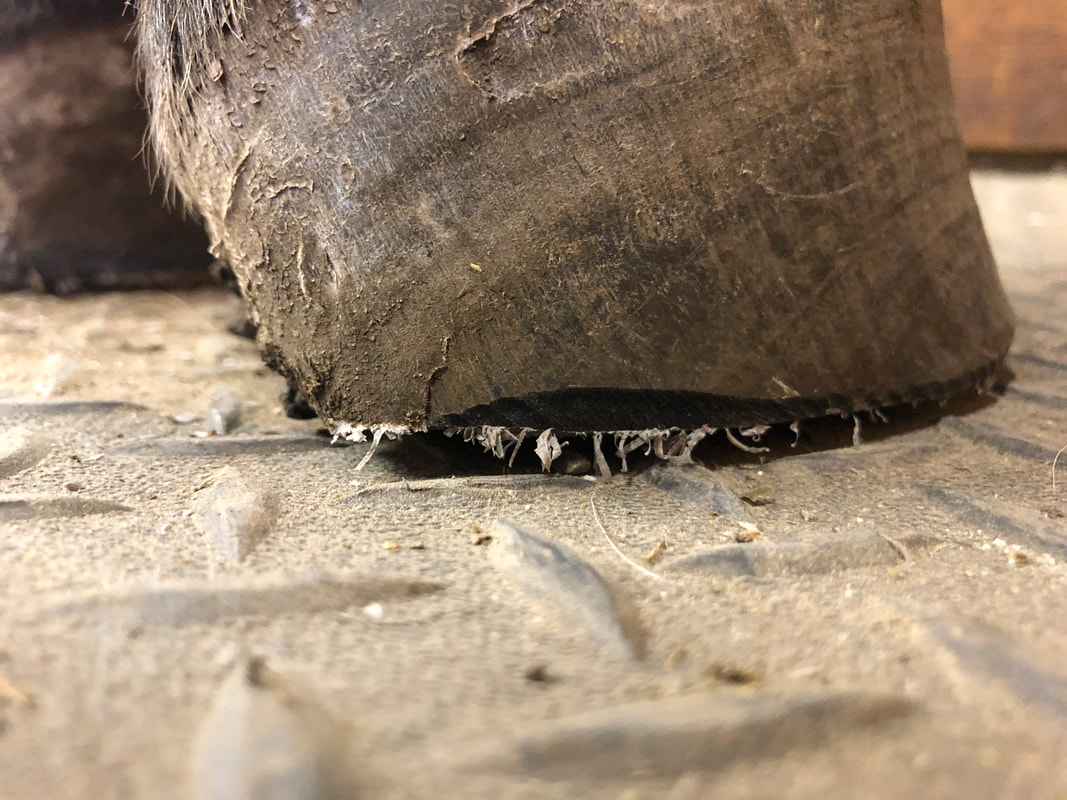

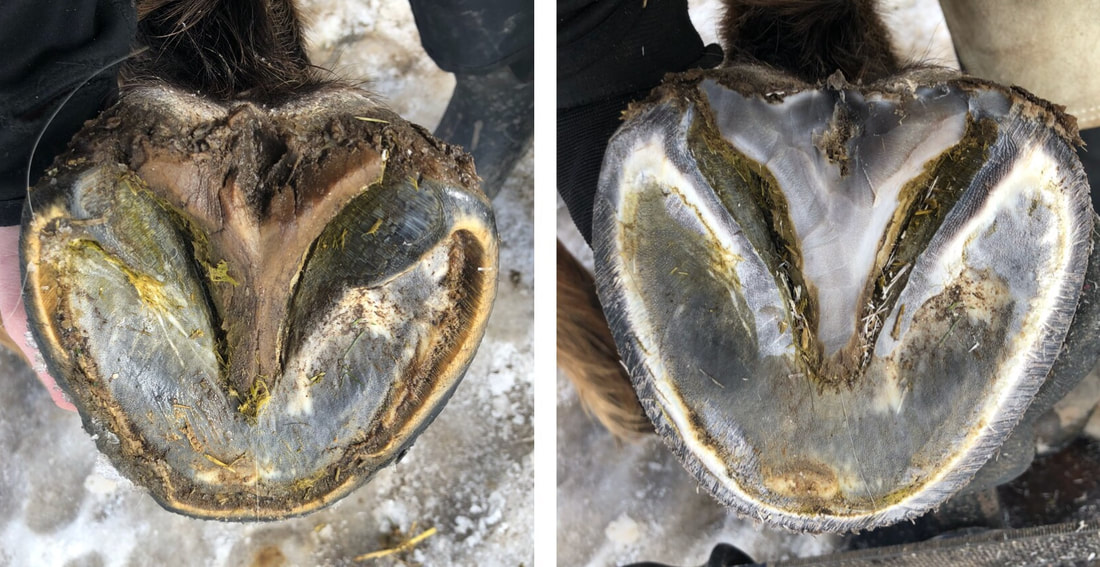
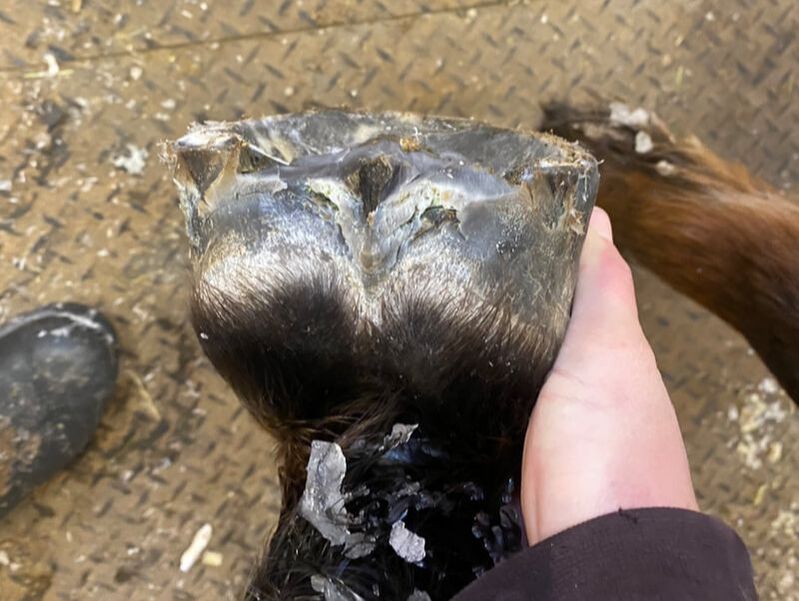
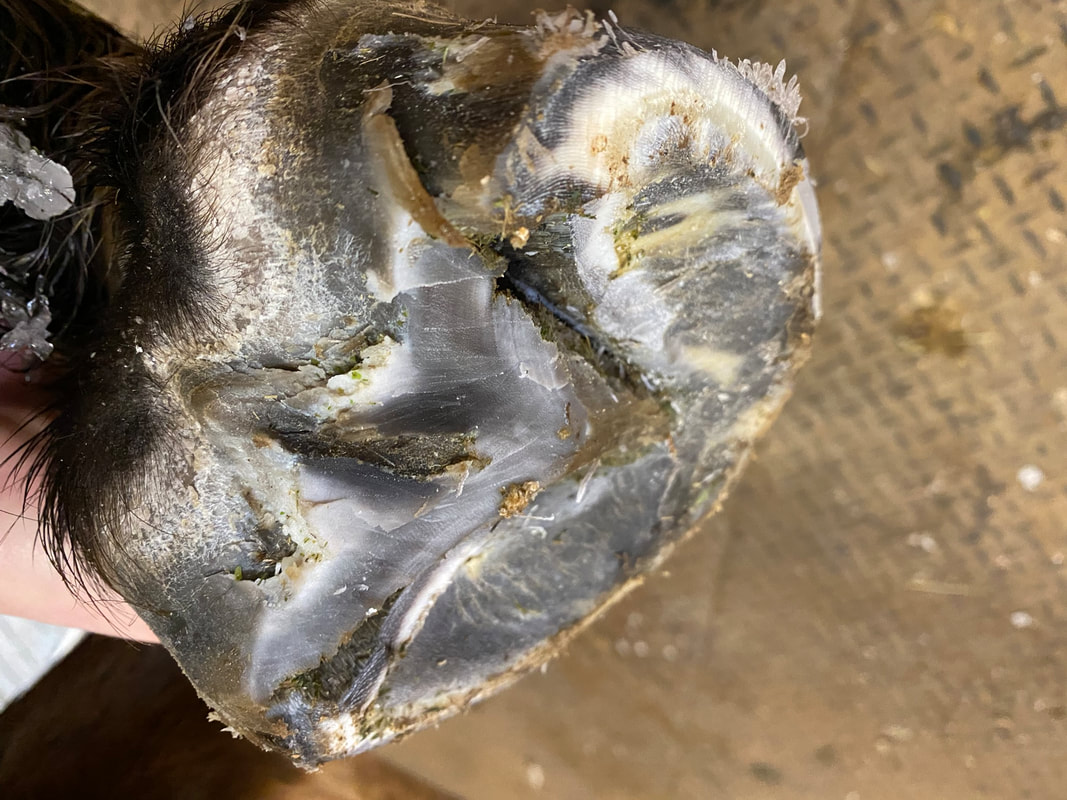


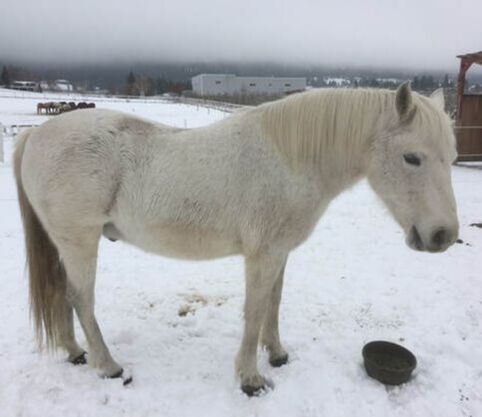

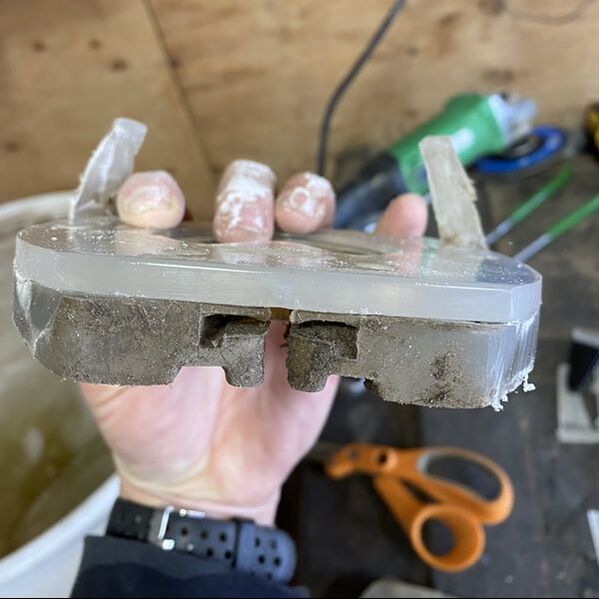

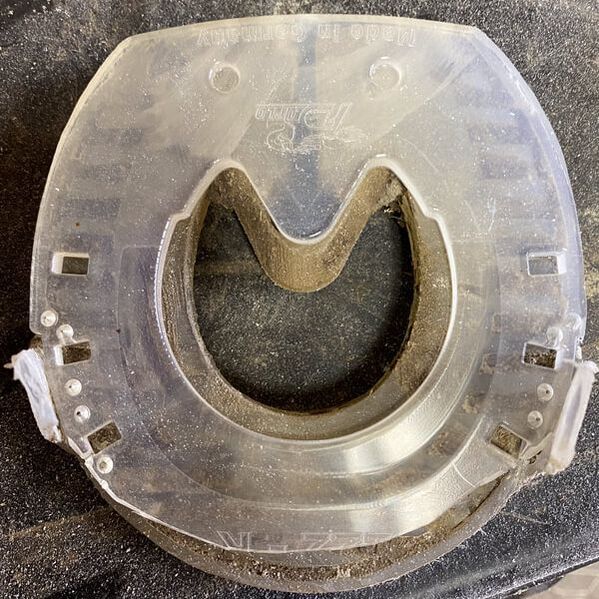
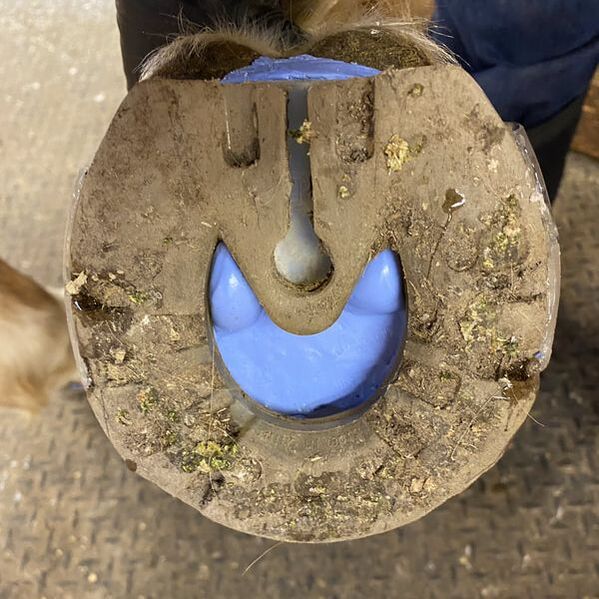
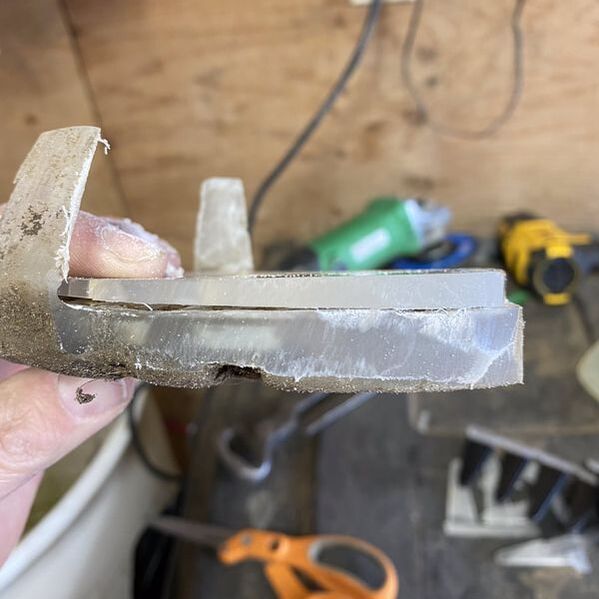
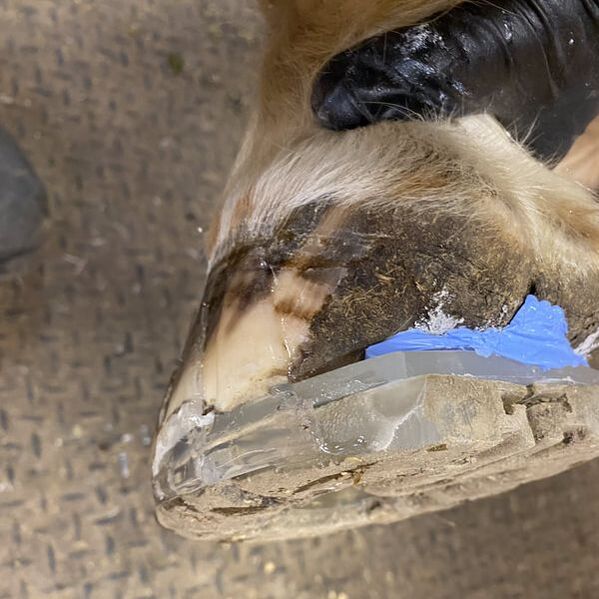

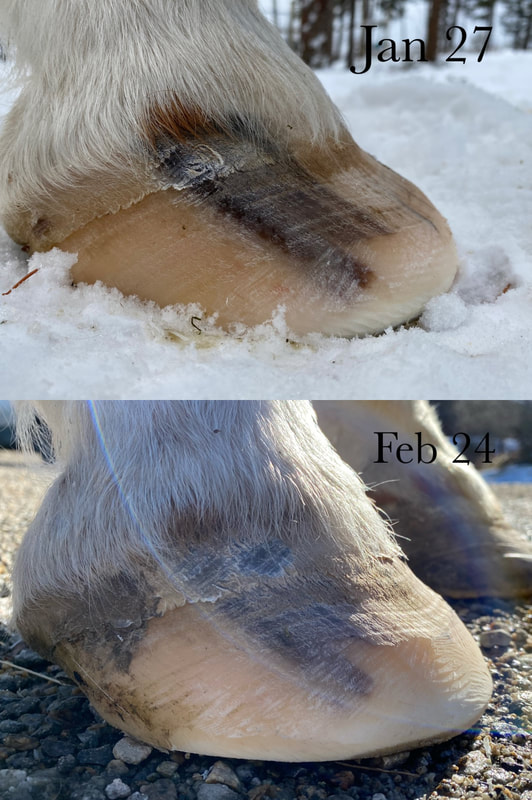


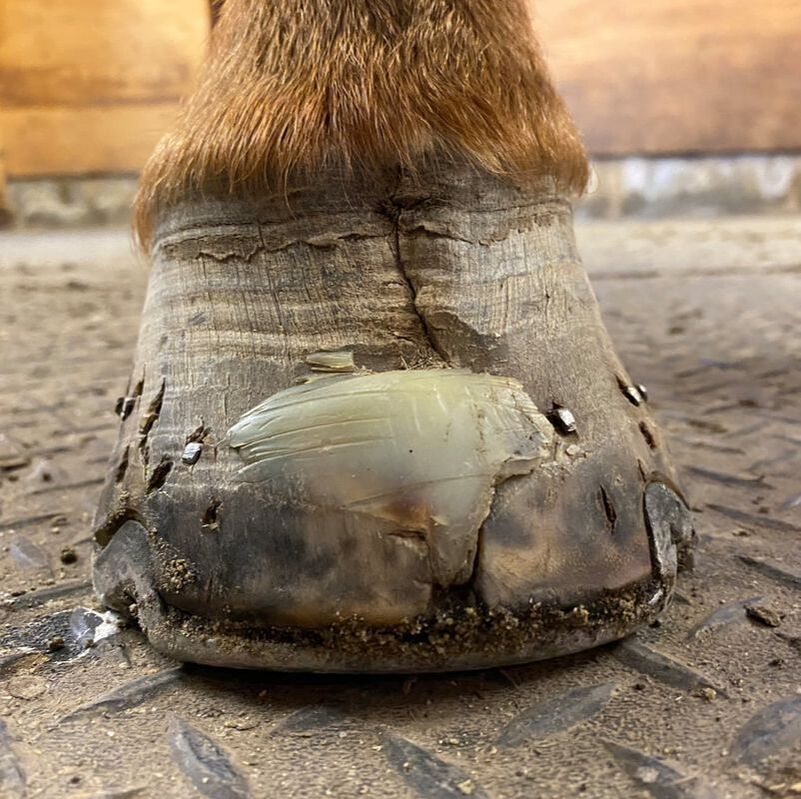
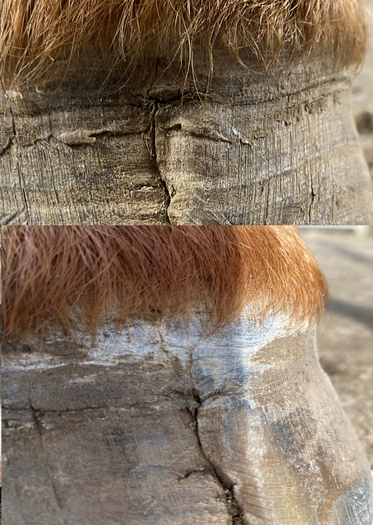
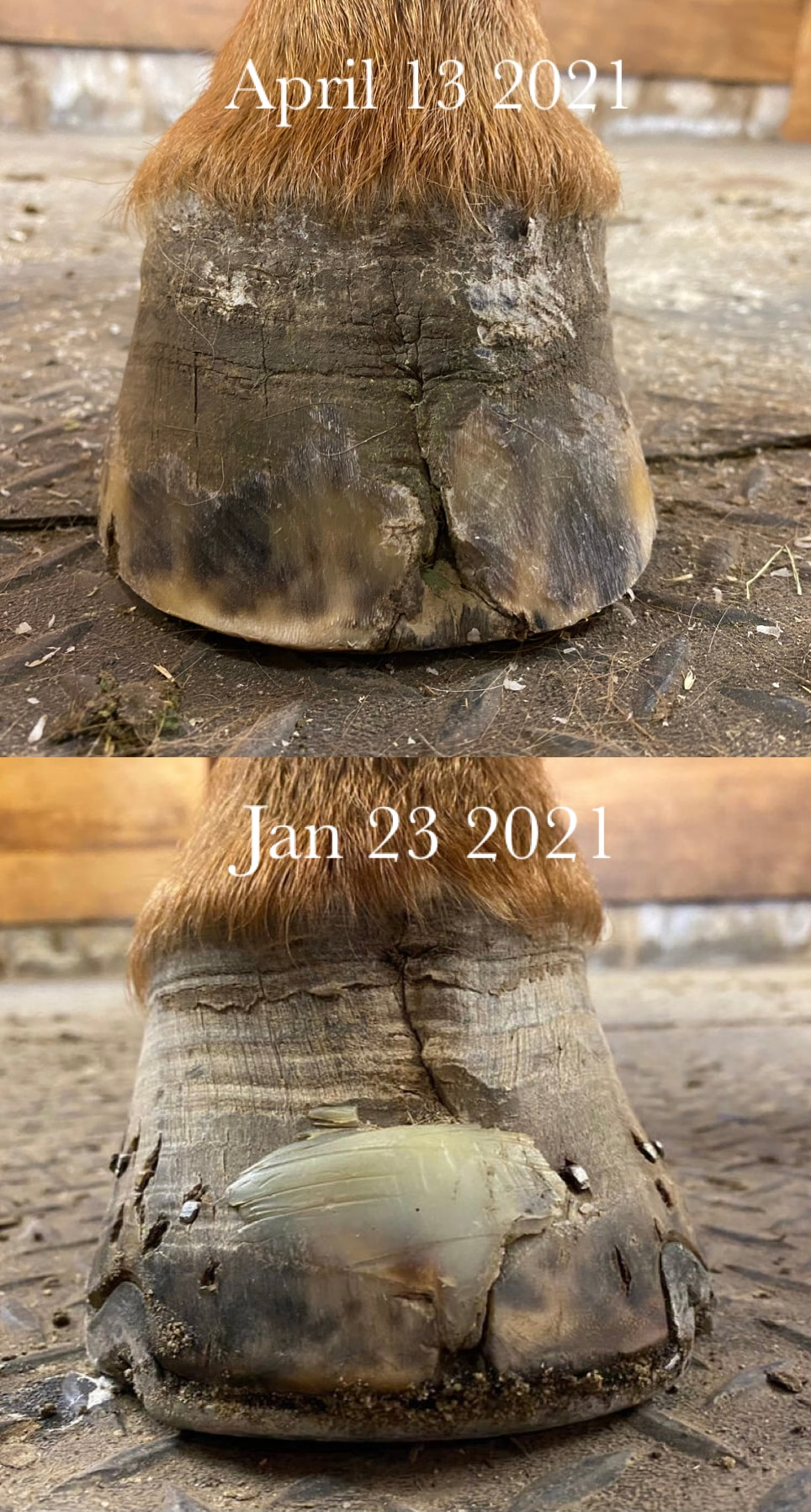
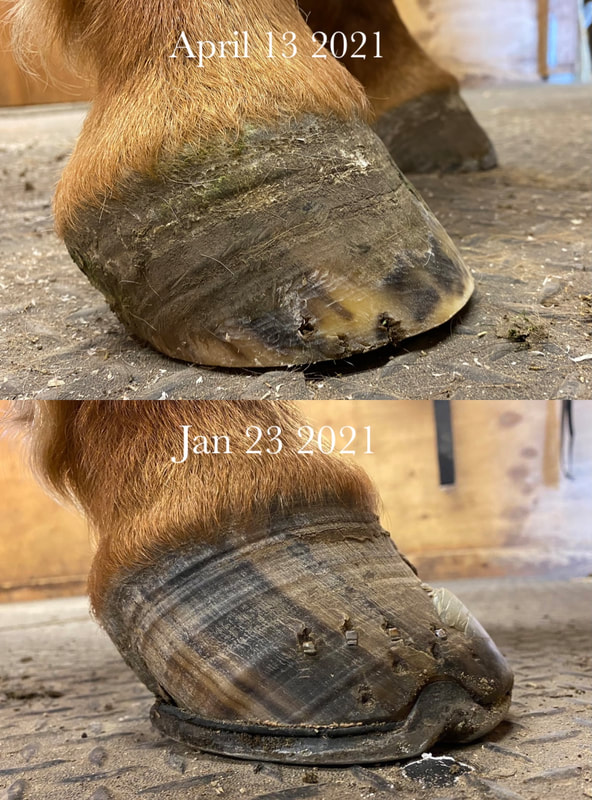
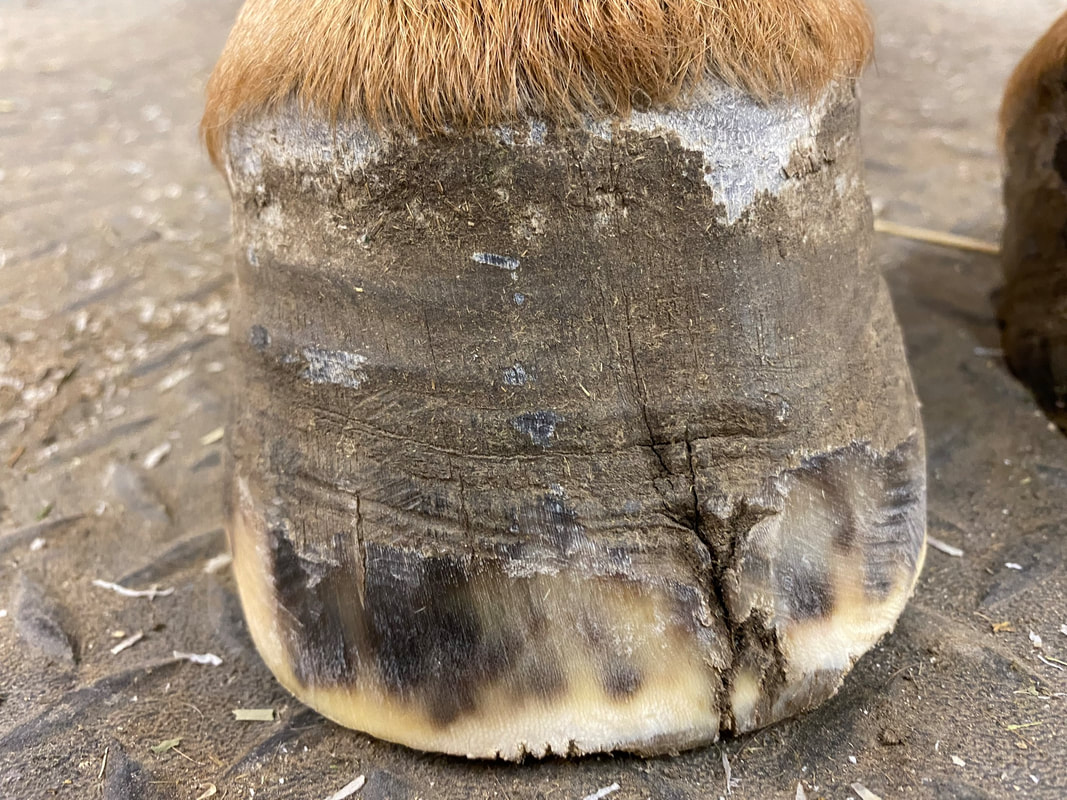
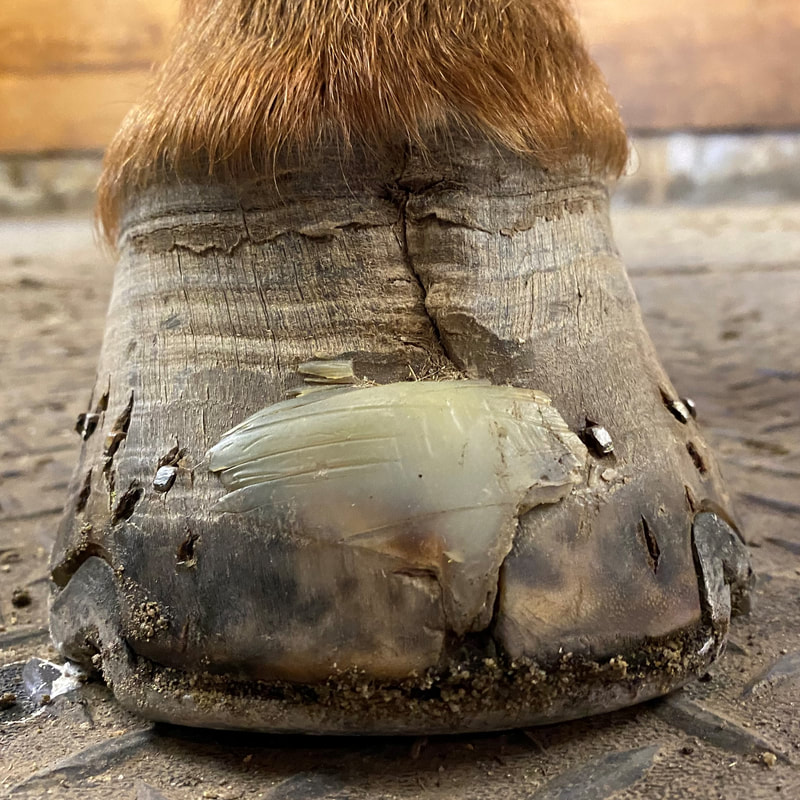
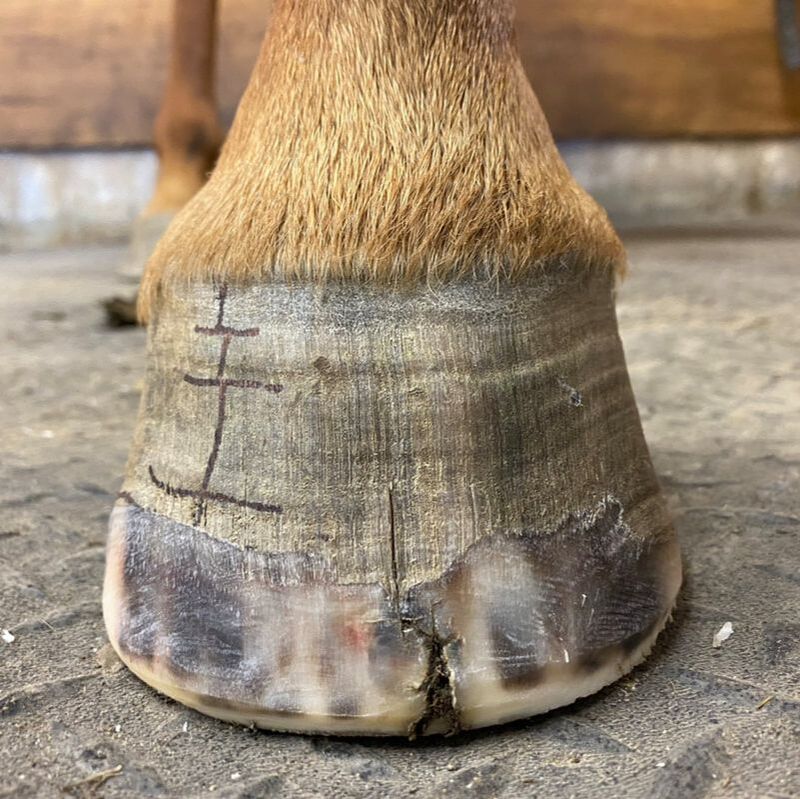

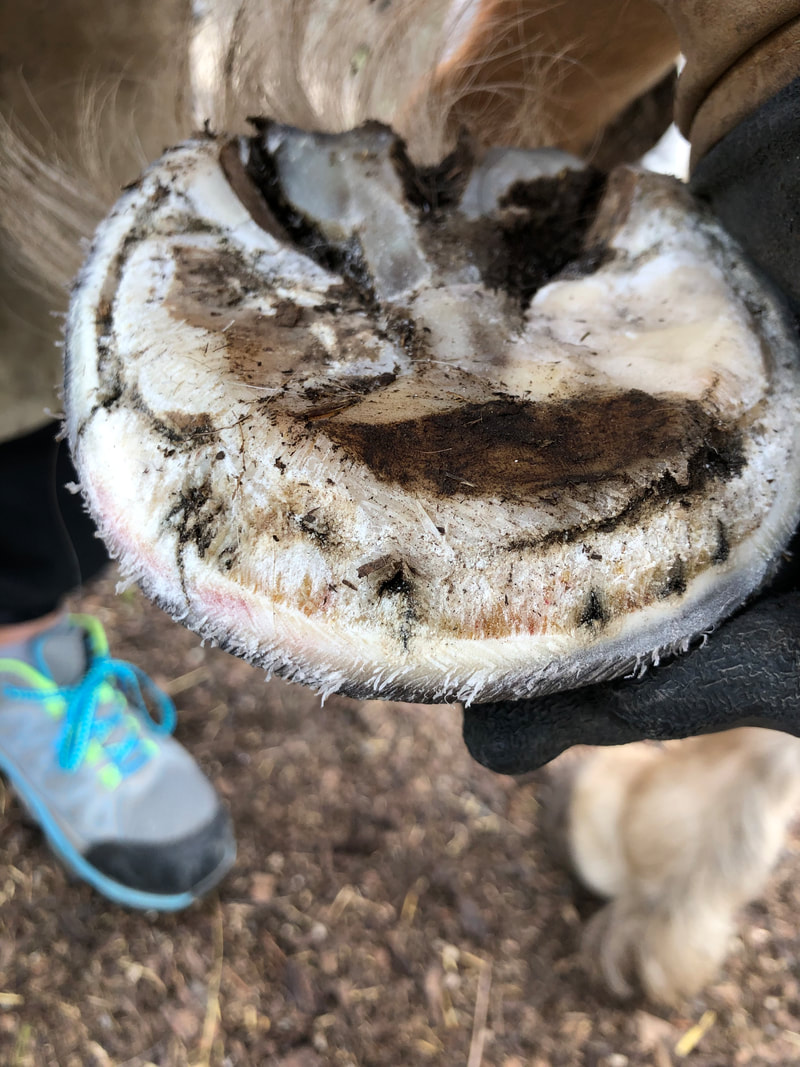
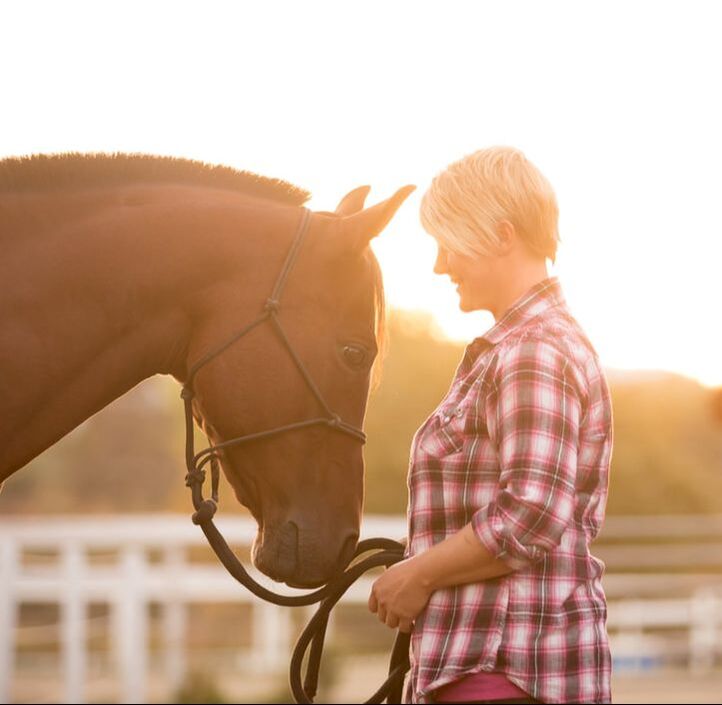
 RSS Feed
RSS Feed
